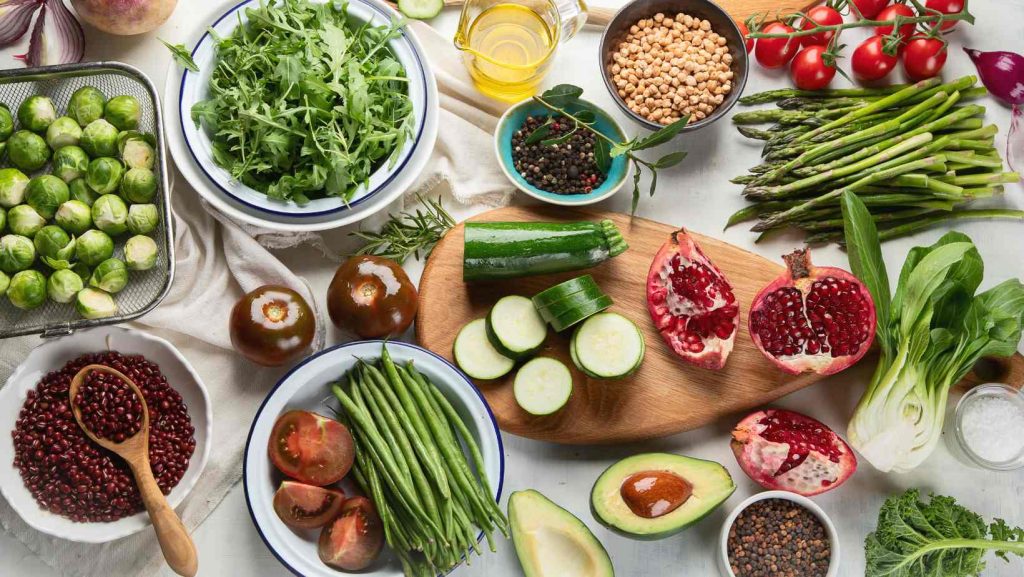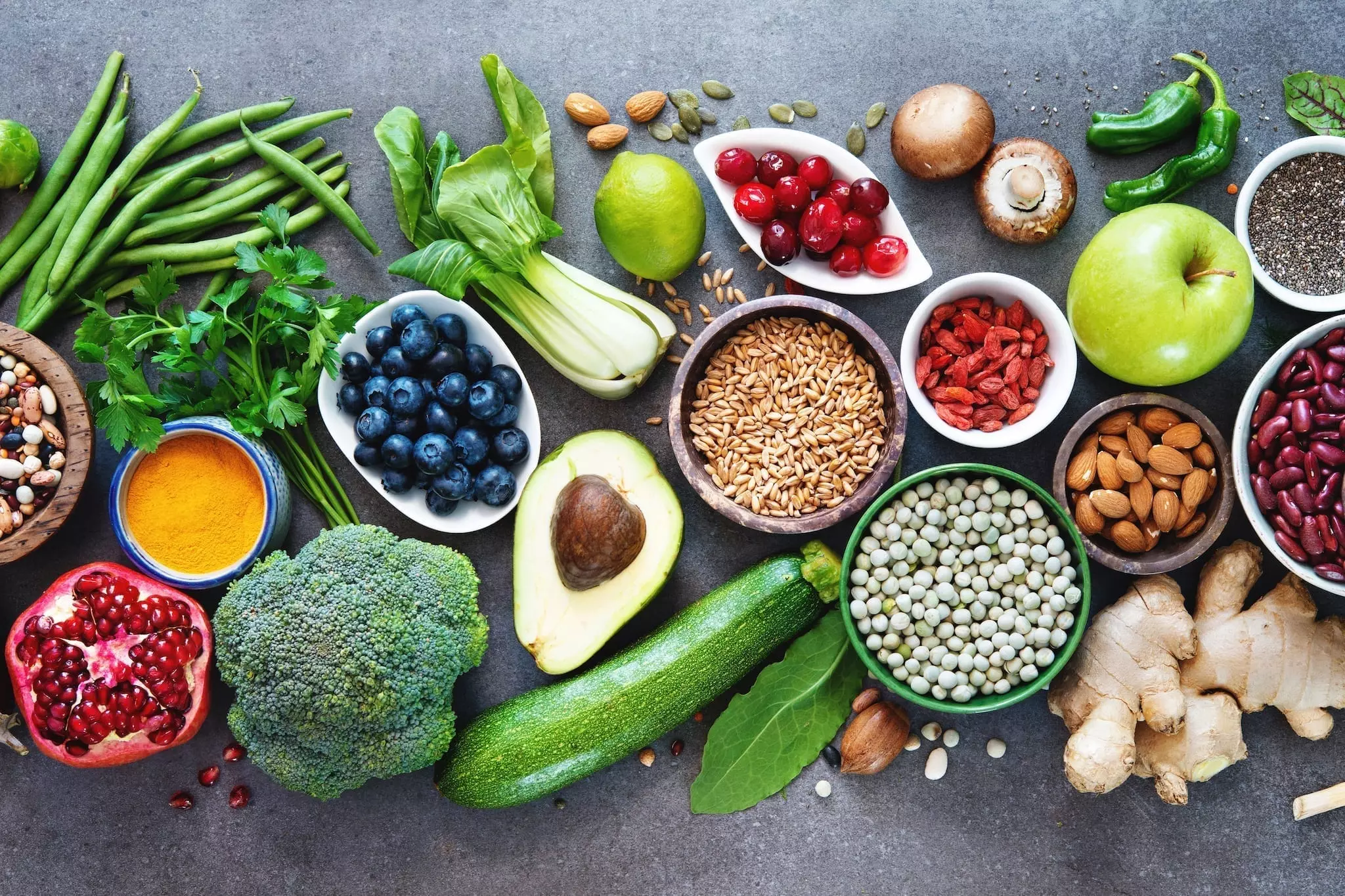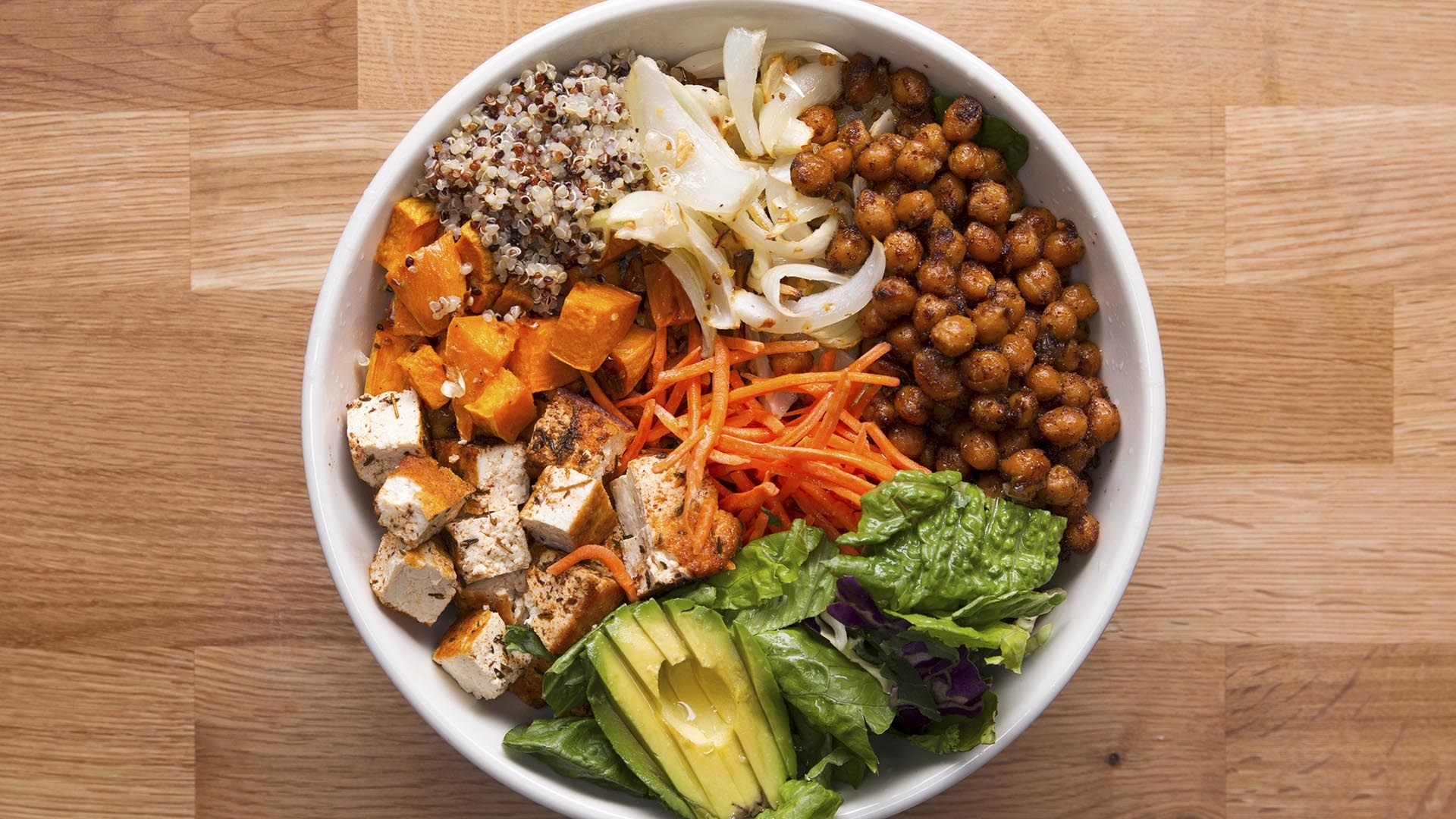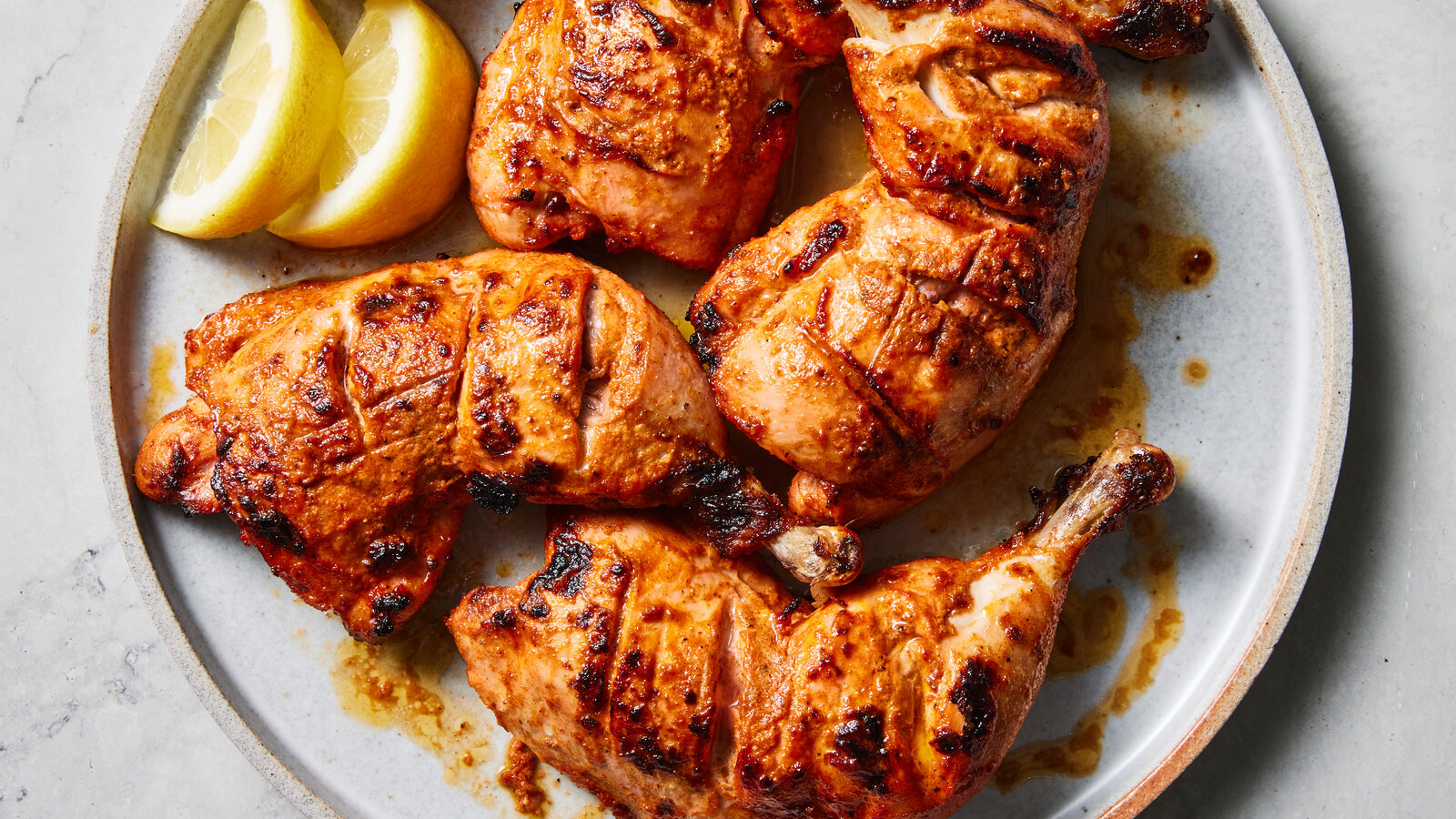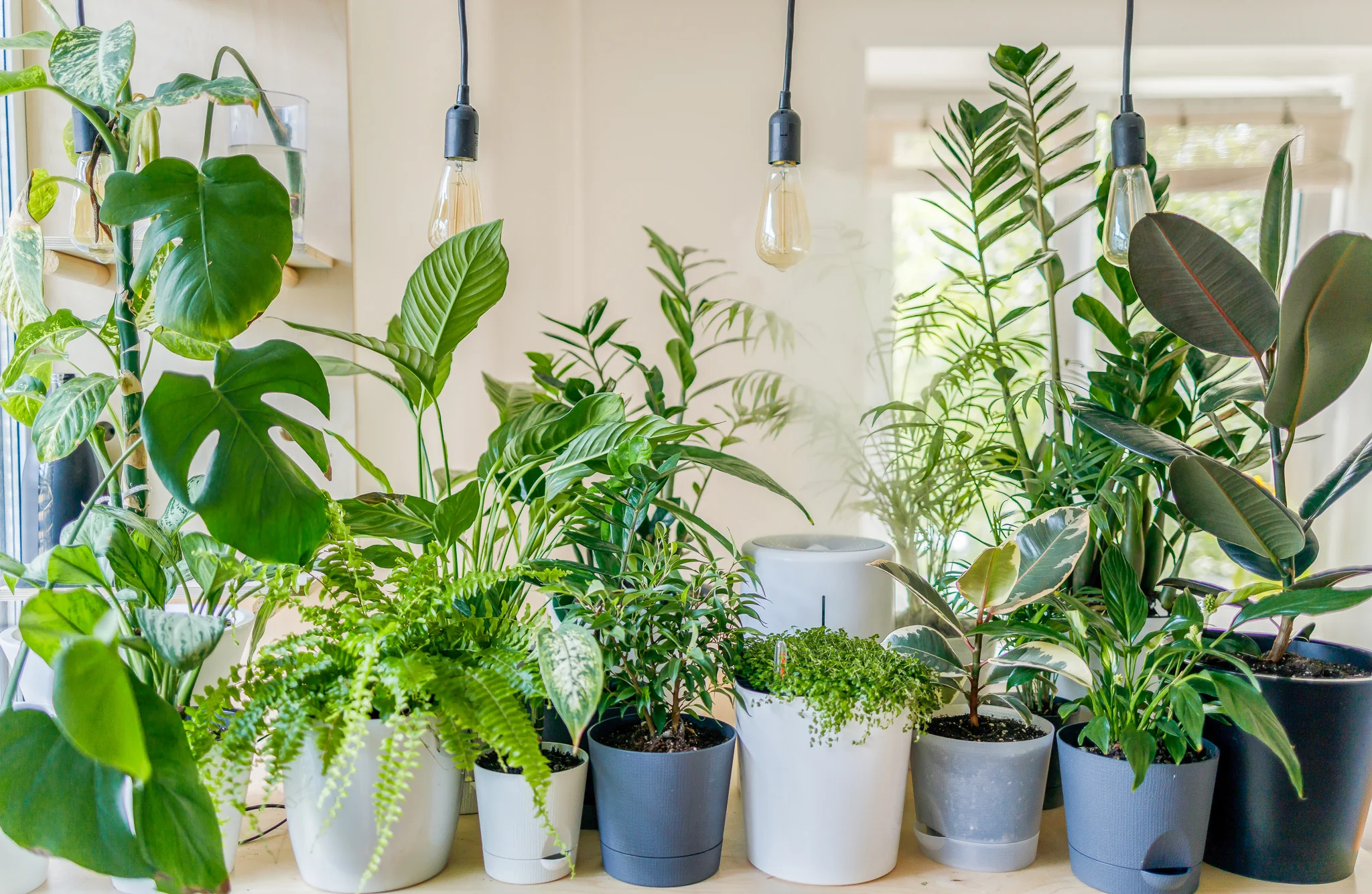When we talk about healthy food, we often hear about proteins, carbs, and fats. But there is one more important nutrient that many people forget—dietary fiber. Fiber plays a big role in keeping our digestion smooth, preventing diseases, and even helping with weight loss.
In this article, you will learn why fiber is important, how much you need daily, where to get it from, and how to add more of it to your daily meals—especially if you are living in India.
What is Fiber?
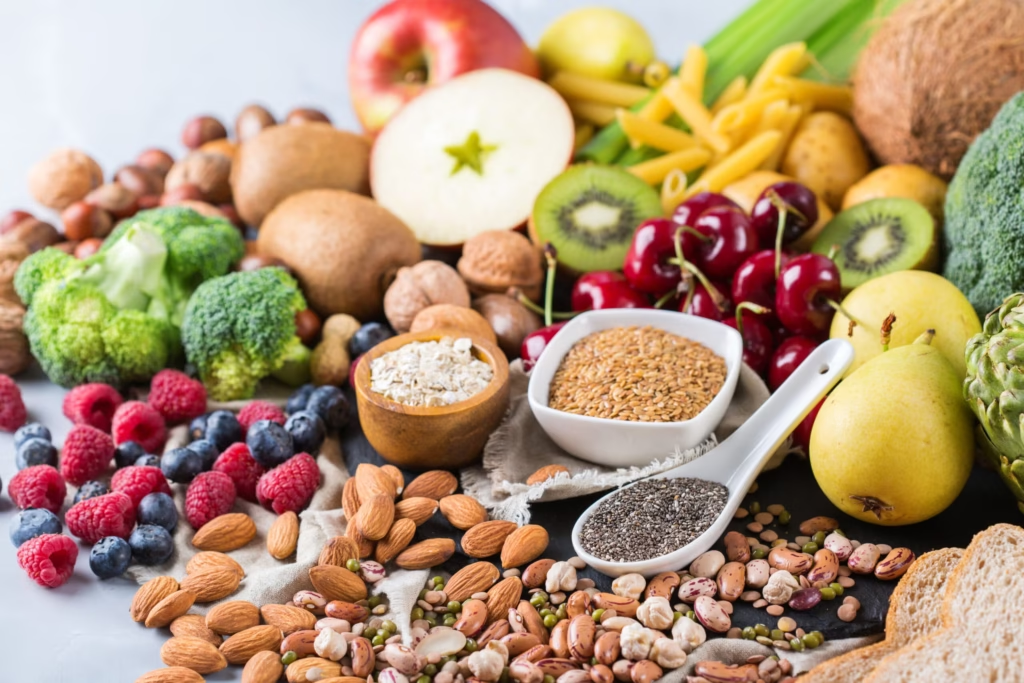
Fiber is a type of carbohydrate. But unlike sugar or starch, your body cannot digest fiber. Instead, it moves through your digestive system and helps to clean it out.
There are two types of fiber:
- Soluble Fiber – It dissolves in water. It becomes a gel-like substance in the stomach. It helps reduce cholesterol and control blood sugar.
- Found in oats, apples, citrus fruits, barley, and flaxseeds.
- Insoluble Fiber – It does not dissolve in water. It helps food move smoothly through the stomach and intestines. It is very helpful in preventing constipation.
- Found in whole wheat, brown rice, vegetables, and nuts.
Both types are important. A good diet should include both in balanced amounts.
Why Fiber is Important for Health
1. Improves Digestion
Fiber adds bulk to stool and makes bowel movement easier. It prevents constipation, bloating, and gas.
2. Supports Heart Health
Soluble fiber helps lower bad cholesterol (LDL). This reduces the risk of heart disease, which is very common in India.
3. Controls Blood Sugar
Fiber slows down sugar absorption. This helps keep blood sugar levels steady, which is very useful for people with diabetes.
4. Helps in Weight Loss
High-fiber foods make you feel full longer. This helps reduce hunger and stop overeating. It is helpful in managing weight naturally.
5. Reduces Risk of Colon Cancer
Fiber helps clean the intestines and may lower the risk of certain types of cancer, especially colorectal cancer.
Also Read Grow Fresh All Year: Seasonal Vegetable Planting Calendar for Indian Homes
How Much Fiber Do You Need?
The recommended daily fiber intake is:
- Men: 30–38 grams per day
- Women: 21–25 grams per day
In India, most people eat only 15 grams or less of fiber per day, which is not enough. The good news is that we can easily increase our intake through simple changes.
Best Indian Sources of Dietary Fiber
You don’t need expensive food items to get more fiber. Here are easily available high-fiber Indian foods:
Whole Grains
- Whole wheat flour (atta)
- Brown rice
- Millet (ragi, jowar, bajra)
- Oats
- Dalia (broken wheat)
Pulses and Legumes
- Rajma (kidney beans)
- Chana (black gram)
- Moong dal
- Masoor dal
- Chole (chickpeas)
- Lobia (black-eyed peas)
Fruits (with skin if possible)
- Guava
- Apples
- Pears
- Papaya
- Oranges
- Banana
Vegetables
- Carrot
- Bottle gourd (lauki)
- Cabbage
- Spinach (palak)
- Methi (fenugreek)
- Bhindi (okra)
- Green peas
Nuts and Seeds
- Almonds
- Walnuts
- Chia seeds
- Flaxseeds
- Sunflower seeds
Others
- Psyllium husk (Isabgol) – great for digestion
- Coconut – grated or dried
Simple Ways to Add More Fiber to Your Indian Diet
Here are some easy steps to make your meals fiber-rich:
- Switch to Whole Grains
Use whole wheat instead of maida. Choose brown rice or millets instead of white rice. - Eat the Skin
Don’t peel apples, cucumbers, or carrots unless needed. - Add Salads and Raw Veggies
Include chopped cucumber, carrot, or beetroot in your lunch. - Start with Fruits
Eat fruits like guava or papaya in the morning or as a snack. - Add Seeds to Rotis or Chutneys
Sprinkle flaxseeds or chia seeds on curd or mix them into chutneys. - Drink Enough Water
Fiber needs water to work. If you increase fiber but don’t drink enough water, you may feel bloated. - Include Dals and Beans Often
Try having rajma, chana, or dal at least 3–4 times a week.
What Happens If You Don’t Get Enough Fiber?
Low fiber intake may lead to:
- Constipation
- High cholesterol
- Weight gain
- Increased blood sugar
- Higher risk of heart disease and diabetes
If you feel tired, heavy, or suffer from frequent stomach issues, your fiber intake might be too low.
Fiber for Special Needs
1. Fiber for Children
Give children fruits, boiled carrots, whole wheat rotis, and dal-based dishes. Avoid too many processed snacks.
2. Fiber for Elderly
Elders should eat soft fiber like cooked vegetables, moong dal, oats, and isabgol for smooth digestion.
3. Fiber for Diabetics
Soluble fiber helps control sugar spikes. Oats, barley, and lentils are good choices.
Common Fiber Myths in India
Myth 1: Only non-vegetarian food has nutrients.
Fact: Vegetarian foods like dals, grains, and fruits are full of fiber.
Myth 2: Fiber is only for digestion.
Fact: Fiber helps heart, weight, and sugar control too.
Myth 3: Fiber supplements are better.
Fact: Natural fiber from food is always better and safer.
FAQs on Fiber (Indian Edition)
Q1. Can I get enough fiber from Indian food?
Yes. Whole grains, pulses, fruits, and vegetables in Indian cuisine offer excellent sources of fiber.
Q2. Is it okay to take fiber supplements like Isabgol daily?
Yes, but only if you’re not getting enough from food. Natural fiber is better. Drink plenty of water with it.
Q3. Does cooking destroy fiber?
Some fiber is lost in overcooking. Steam or lightly cook vegetables to retain fiber.
Q4. Can fiber help in weight loss?
Yes. Fiber makes you feel full, which helps in reducing appetite.
Q5. Which Indian breakfast is rich in fiber?
Try poha with veggies, oats upma, whole wheat paratha with methi, or besan cheela with vegetables.
Final Thoughts
Fiber is one of the easiest ways to improve your health. It’s already present in many Indian foods we eat daily. All we need to do is choose better versions—like whole grains over refined flour, and include more vegetables, fruits, and dals in our meals.
A high-fiber diet helps your body stay light, your stomach feel happy, and your health remain strong. It’s good for your heart, your weight, your sugar levels, and your overall energy.
Author- Ayush





